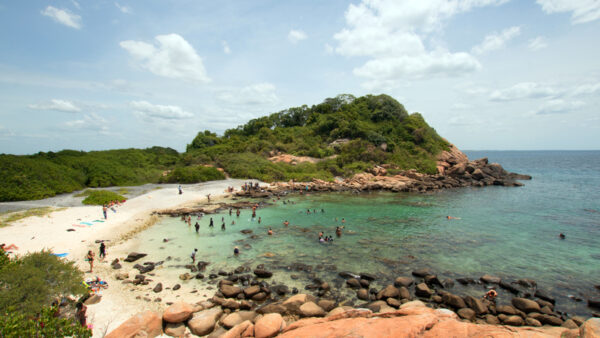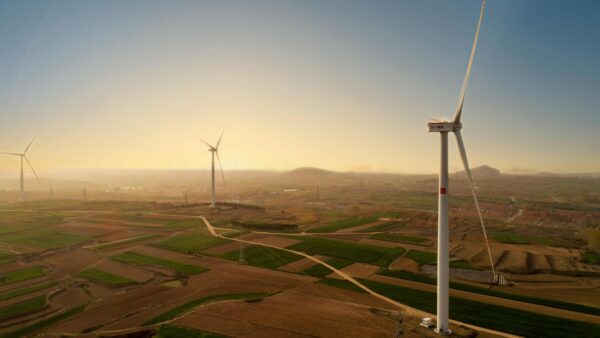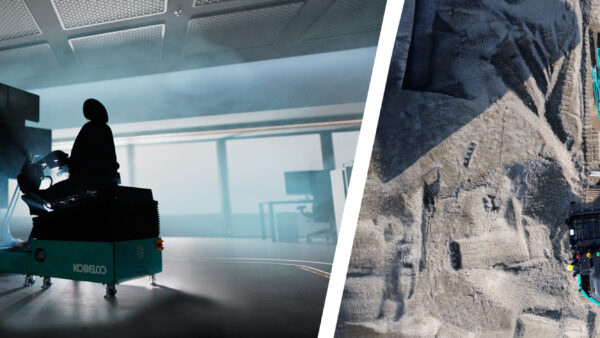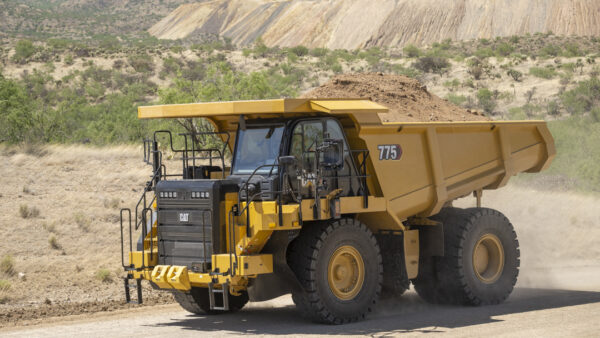The government of Tanzania has announced a completion date for work on the Bagamoyo megaport, one of a number of infrastructure projects that are expected to lay the foundations for the country’s economic development.
The fate of the scheme has been in doubt since it was put forward in 2014 as a 20 million teu (twenty-foot equivalent unit) container port, variously priced at between $7bn and $11bn, and due to be completed in 2017.Â
Now Stella Manyanya, the deputy minister for trade, has told the Tanzanian parliament that the first phase of works will be done, and operations will commence, sometime in 2020.
The port is being financed by China and Oman’s sovereign wealth fund, the State General Reserve. It is being developed by Hong Kong-based conglomerate Merchants Holdings International.
As well as the harbour and 8,000ha port, Bagamoyo will be the site of a 1,700ha special economic zone which, it is hoped, will have a broad range of manufacturing facilities including a manure-processing plant to be paid for by Oman.
The plan is that when fully developed in 2025 the port will have taken over from Dar es Salaam as Tanzania’s main connection with the global economy.
Dar suffers from congestion and other inefficiencies that the World Bank recently estimated were costing Tanzania $2.4bn a year.
Lu Youqing, China’s former ambassador to Tanzania, has been particularly bullish about Bagamoyo’s prospects. In February he claimed the port would turn Bagamoyo into the African equivalent of Shenzhen, the city that was declared a special economic zone in 1980 and is credited with catalysing the Chinese economic miracle.
Bagamoyo and Dar are both expected to benefit from the construction of Tanzania’s standard gauge railway to the Great Lake states of Burundi, Rwanda and Uganda. Altogether, Dar is responsible for 14% of the trade of six landlocked neighbours, and even without the railway this is growing at 17% annually.
Tanzania’s infrastructure spending is being underwritten by recently discovered gas reserves. The country is presently thought to have around 1.6 trillion cubic metres of onshore and offshore natural gas, which put it at 21st in the world rankings, between Kuwait and Libya.
Image: Dhows on the beach in Bagamoyo in 2009 (mwanasimba/creative commons)










